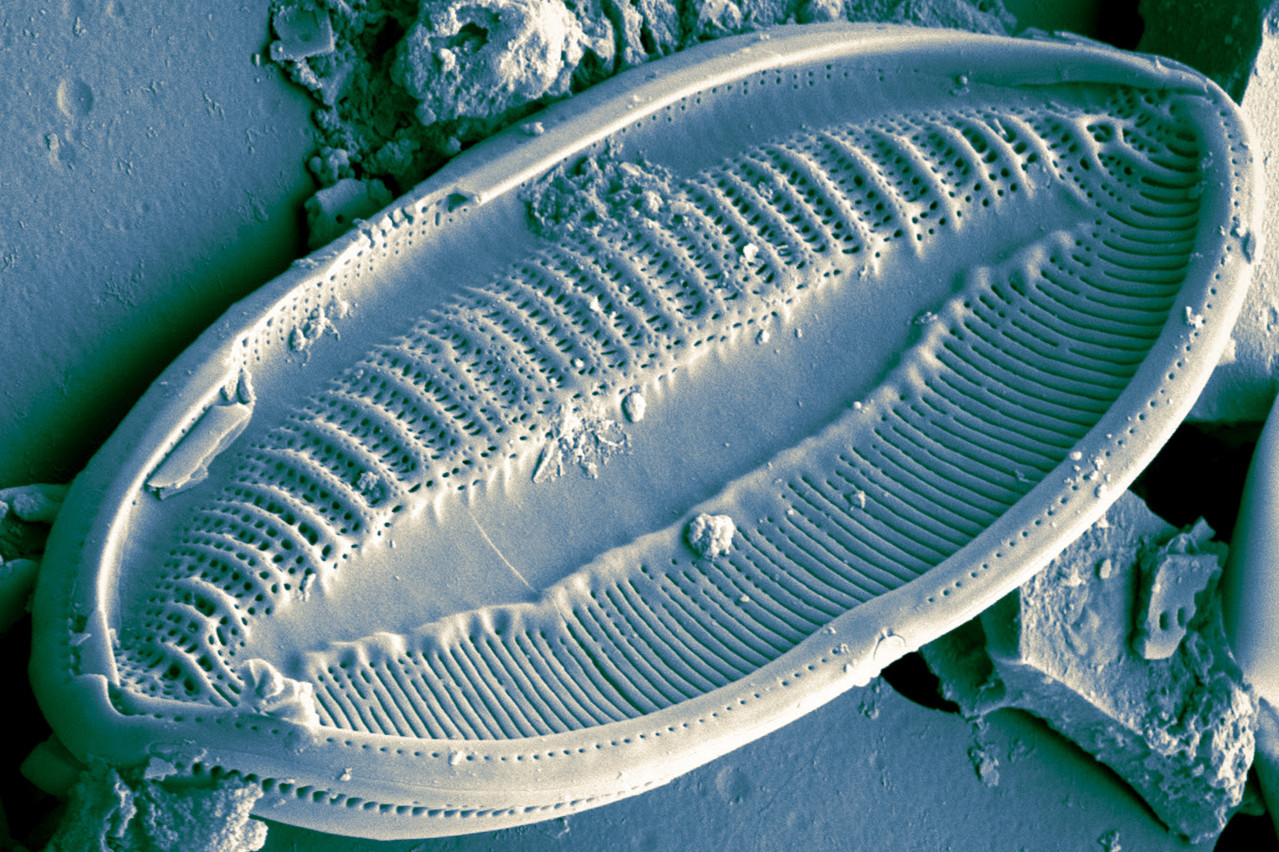“Soil is a living system,” said Professor Mark Kibblewhite of Cranfield University.
Indeed, a tablespoon of soil contains more living organisms than our planet contains human beings. And the extreme degradation of soil worldwide--with estimates that 2bn people suffer from a lack of micronutrients as a consequence--is why the UN’s Food and Agriculture Organisation has made today, 5 December, World Soil Day.
Last year, the Luxembourg Institute of Science and Technology (LIST) held a soil sustainability workshop to commemorate the day and to discuss soil health in the grand duchy. The second iteration of the event took place on Friday.
“The soil system,” Kibblewhite went on, at the workshop, “is a biological engine.”
The workshop represented a summit of researchers and politicians who addressed how to assess and maintain that engine--i.e., how to preserve and increase the amount of organic carbon found in soil, what to do with the eight megatons of soil excavated in Luxembourg every year, , etc.
What is clear is that soil is increasingly on the radar among both scientific communities and the general public, with the European Commission’s soil protection law slated for adoption in 2023 (putting soil on a legal par with air and water). “The way we treat [soils], they are more and more exposed to pressure and threatened by degradations,” commented agriculture minister Claude Haagen. “And it is one of the missions of public administration to support and initiate knowledge-based solutions for [these] issues.”
“I think this has captured the world’s attention,” added Claudia Hitaj, advisor at the ministry of environment, climate and sustainable development and former LIST researcher: “the role that soil plays both in adaptation to and mitigation of climate change.”
The benefits of organic carbon
If soil is an engine, then carbon is its fuel. This was another point made by Kibblewhite.
Putting carbon into soil has several benefits. Besides increasing crop yields by fighting soil degradation--the European Commission estimates that as much as 70% of the soil in Europe is unhealthy--soil-organic carbon can help mitigate climate change and drought.
“Healthy soils are a powerful carbon sink,” explained Hitaj. “Soil is the largest terrestrial store of carbon.”
As for crop yields, according to the UN up to 58% more food could be produced through sustainable soil management.
But how can soils actually be revitalised? A myriad of tactics were discussed at the LIST event, each with drawbacks: some methods will take decades to see hearty results, others will be costly, still others will incur risks. For instance, one must be careful when treating arable land with manure, since this substance could contain contaminants like traces of antibiotics.
One actionable suggestion, made by Kibblewhite, was merely to pay attention to the potential of each piece of land. Not every plot is the same, he stressed; if we can start using land in a way that matches its capacities and capabilities, that would already be a big help. On a policy level, this is likely to require incentives for farmers.
Excavated soil
Eight megatons of soil are excavated in Luxembourg every year and, unfortunately, there’s nowhere to put it all. The country’s landfills and quarries are too few and small to handle the load, which means that much of this soil--which comes largely from construction projects--is exported. In raw terms, this means that soil-laden trucks drive to Germany, France and Belgium every day, adding to traffic congestion, burning fuel, making noise, etc.
Dr Benedetto Rugani, senior LIST researcher, is part of a team tackling this exact problem. “As part of our project,” he explained to Delano, “we have identified the potential of keeping [this soil] inside the territory of Luxembourg.”
“This material could easily be reused in Luxembourg,” he went on. “For example: for landscape valorisation, recreational areas, parks, planting new trees, new green areas.”
These would be nature-based solutions, Rugani explained, or solutions that are inspired and supported by nature. “There is a big push at the moment in Europe, and worldwide, to use this nature-based solution concept to revalorise the landscape and produce more ecosystem services for the wellbeing of citizens.”
A soil society of Luxembourg?
A final question raised at the workshop was whether a soil society should be formally inaugurated in Luxembourg. Rugani, after stipulating that he sees himself as being outside this conversation, weighed in: “The best process is to put different stakeholders together--always--in an equilibrated way, so everyone can, and with the right weight, provide input in the discussion. If this society is built on these pillars, then I think it’s a good idea.”
